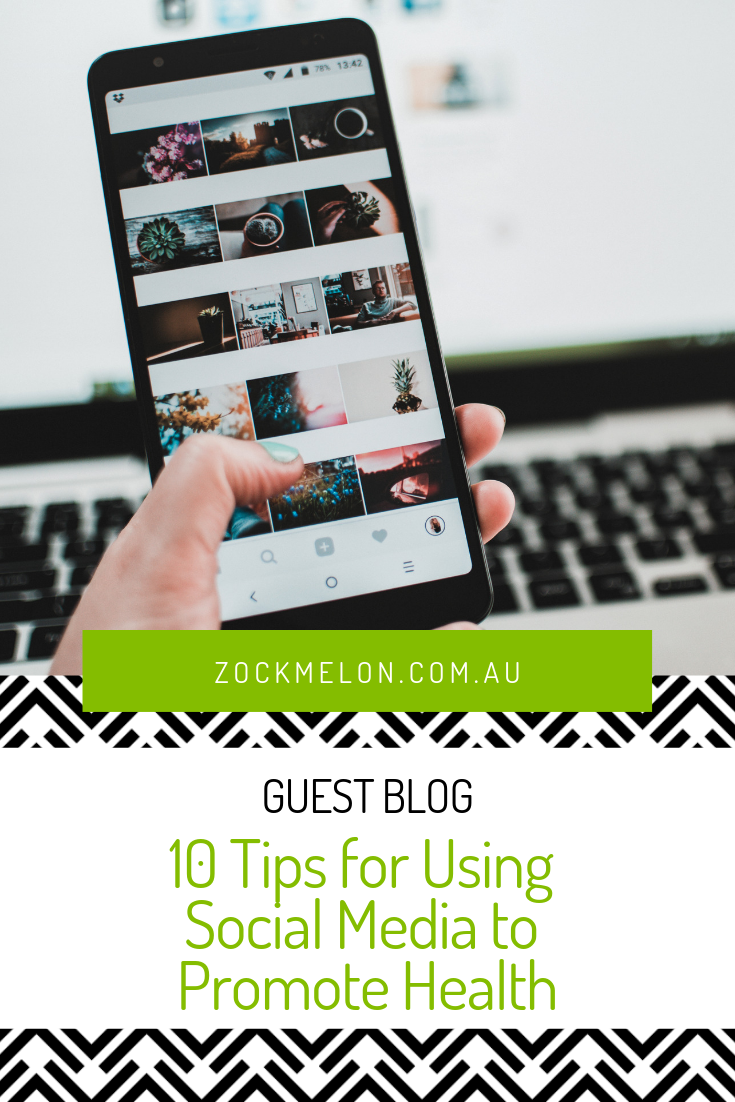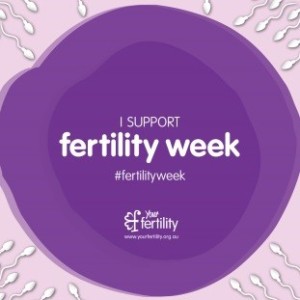I recently had the privilege of managing a national fertility awareness campaign, which gave me the opportunity to engage with social media more intimately than before. I suspect like many Gen X’ers, I’m familiar with different platforms (i.e. Twitter, Facebook, LinkedIn) but was not au fait with using social media professionally, in order to promote health.
My experience with Fertility Week confirmed my suspicion: social media is an extremely useful and cost-effective tool for targeting, reaching and engaging new audiences. As public health practitioners concerned with access and equity, we must be cognisant of its limitations – social media isn’t a silver bullet. But it does provide us with opportunities and powerful new resources in a world characterised by technology and connectivity. Here are some practical tips for using social media in public health campaigns, using Fertility Week as a case study.
1. Position your campaign as a cause
People sign up to a cause, not a message. Social media provides a platform to generate or leverage interest, and engage people in something they feel passionate about. For example, Fertility Week’s flagship post (see below) focused on fertility, not the campaign messages which were about timing sex to achieve pregnancy. A focus on fertility helped to broaden the campaign appeal, and achieve high levels of audience reach (n=230,000) and positive campaign engagement (n=11,000).
2. Know your social media platform and tailor accordingly
Facebook is used primarily for personal use, whereas Twitter is mostly professional. In terms of paid advertising, Twitter has a $5,000 minimum spend for promoted posts – a threshold rumoured to be removed shortly. Facebook does not have a minimum spend but advertising must comply with advertising guidelines, for example, images can have no more than 20 percent text. We spent $2,000 on Facebook advertising during Fertility Week.
3. Use a hashtag (#)
Hashtags help you – and others – monitor and track campaign activity. The use of hashtags now extends beyond Twitter & Instagram to include Facebook. Consider registering your hashtag with the Healthcare Hashtag Project: www.symplur.com/healthcare-hashtags. Hashtags aren’t case sensitive.
4. Shareability
Shareability is important, so make it something people will want to share. The more your campaign is shared, the more it will extend into new and larger audiences – at no cost. The Fertility Week flagship post used a ‘share to support’ tactic which resulted in more than 1,000 Facebook shares. This significantly increased the campaign’s organic (i.e. unpaid) reach and resulted in 811 new Facebook page likes, a 40 percent increase in audience.
5. Use images
Fertility Week posts accompanied by a photo were more successful compared to posts with text or weblinks.
6. Humour works
Remember that people use social media to converse and have fun, so use humour as appropriate. The second highest performing Fertility Week post was: “Getting pregnant is like telling a great joke, timing is everything. We can’t help you with your stand-up routine but to improve your lay-down routine and get your timing right, visit www.yourfertility.org.au #fertilityweek”
7. Know your audience and post when they are most likely to engage
Fertility is a personal topic; we have found that posts after 6pm and on weekends are most successful. Predictability is also important, as demonstrated by the popularity of our reoccurring ‘Friday’s fertility fact’ weekly posts.
8. Maintain a minimum level of activity
During the seven-day Fertility Week campaign period, a total of 29 Facebook posts and 209 tweets were posted. This exceeded our target of three Facebook posts and 20 tweets per day.
9. Amplify your Twitter campaign by getting others involved
During Fertility Week we engaged journalists, celebrities and other health and fertility leaders in the conversation by using ‘mentions’ (tagging people). A number of stakeholders – organisations and individual spokespeople – were active throughout the campaign which also worked well.
10. Social media is just one branch of a tree
Social media is best used as part of a comprehensive program of activity, not in isolation. Integrate the social media strategy alongside other reinforcing strategies. During Fertility Week we undertook a range of complementary activities targeting the public and health professionals.
For more information visit http://yourfertility.org.au and keep an eye out for the Your Fertility team at the PHAA 2nd National Sexual & Reproductive Health Conference: www.phaa.net.au/NSRH2014Conference.php
Contact the author: Rebecca Zosel, Email: rebeccazosel@gmail.com, Tel: 0409 192 357, Twitter: @rzosel
This article was originally published in the Public Health Association of Australia InTouch newsletter November 2014 and republished with permission from the author and PHAA.


